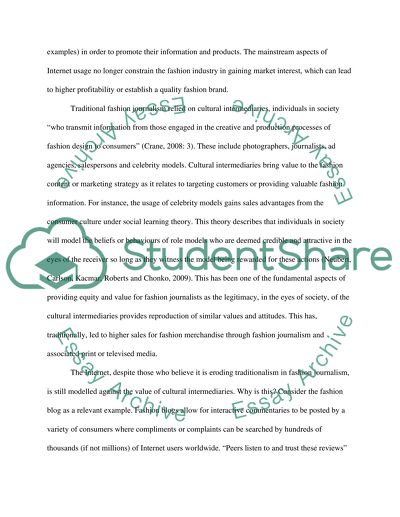Cite this document
(“In what ways has Internet changed fashion journalism Essay”, n.d.)
Retrieved de https://studentshare.org/journalism-communication/1392504-in-what-ways-has-internet-changed-fashion
Retrieved de https://studentshare.org/journalism-communication/1392504-in-what-ways-has-internet-changed-fashion
(In What Ways Has Internet Changed Fashion Journalism Essay)
https://studentshare.org/journalism-communication/1392504-in-what-ways-has-internet-changed-fashion.
https://studentshare.org/journalism-communication/1392504-in-what-ways-has-internet-changed-fashion.
“In What Ways Has Internet Changed Fashion Journalism Essay”, n.d. https://studentshare.org/journalism-communication/1392504-in-what-ways-has-internet-changed-fashion.


